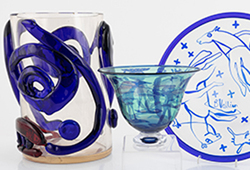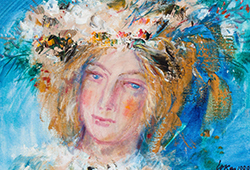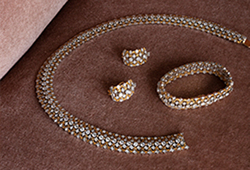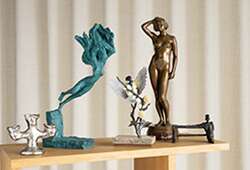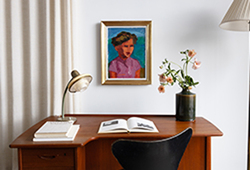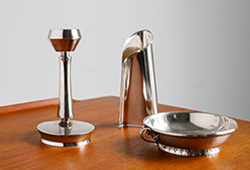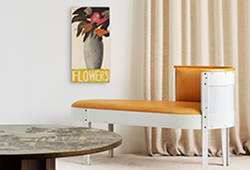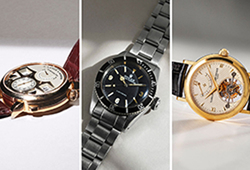Sandro Vacchetti
a 'Balilla' ceramic figure, Essevi, Italy 1930's.
Signed ESSEVI MADE IN ITALY painter's signature, incised G 23 -38?, height 31,5 cm.
The base with two small glaze chips.
More information
The young Sandro Vachetti studied at the Accademia Albertina and began his career as an artist in Turin. In 1914 he moved to the United States where he developed his technique in female portrait art and ceramics. He created small female figurines that became very popular with some American movie stars.
In 1919, back in Turin, he met Enrico Scavini, owner of the famous doll factory Lenci and his wife Elena König. Vacchetti was Lenci's artistic director from 1922 to 1934 and then founded his own ceramics company, Essevi (imitating the sound of his initials in Italian), which he led until 1952.
Designer
The young Sandro Vachetti was educated at Accademia Albertina and began his early career as an artist in Turin. In 1914 he continued in the United States: between Boston and New York, he developed and perfected his signature technique in female portraiture and fine ceramics. He created small female figurines that were very dear to a few American movie stars.
In 1919, back in Turin, he had the chance to meet Enrico Scavini, owner of the famous doll company Lenci, and his wife, Elena König. Vacchetti was Lenci’s artistic director from 1922 to 1934, then founded his own ceramics company, Essevi (mimicking the sound of his initials in Italian), which he led until 1952.
Read more




